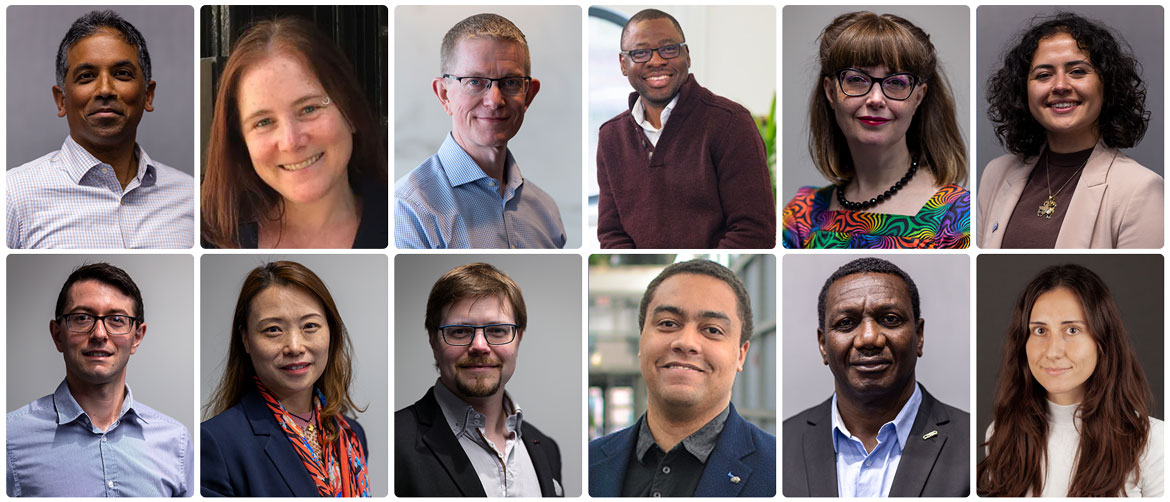Equity, Diversity & Inclusion (EDI)
ISMRM is committed to nurturing our community and culture that supports equity, diversity and inclusion by creating environments in which a person or group of persons can feel welcomed, respected, supported and valued. It starts with being open to the idea that all of us regardless of culture, gender, age, race, color, religion, sexual orientation, physical abilities, political beliefs, are valued. ISMRM wants to ensure everyone has equal opportunity and isn’t discriminated against or treated differently, taking into consideration differences between people and placing a positive value on the differences while also being inclusive.
EDI Alliance
We are creating an environment where everyone is encouraged and invited to become an EDI community member. Join the EDI Alliance by posting your picture with an encouraging message or story about challenges you’ve overcome or great advice to others. It’s start with one to encourage others.
Why You Need Diversity in the Workplace
- True Equal Opportunity
- Great Recruitment Tool
- Open Communication
- Different Perspective
- Encourages Engagement
- Accelerates Company Growth
- Sparks Positive Ideas
- Happy Employees
- Keeps the Checks and Balances
Here are some great resources to share:

